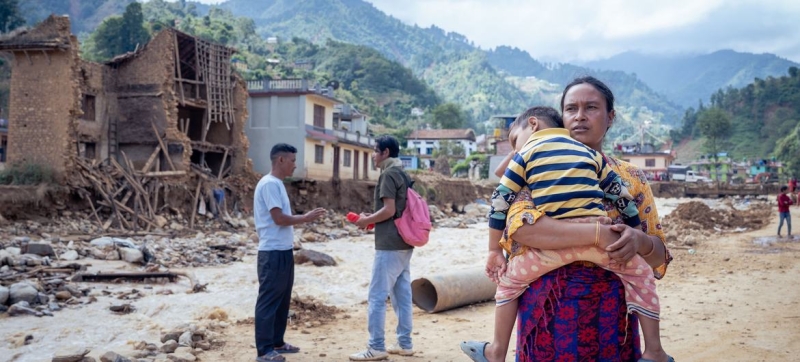
Women are often more vulnerable than men in natural disasters and other emergencies. UN report: 2 billion women and girls lack social protection Women
Two billion women and girls lack access to any form of social protection, according to a new report by UN Women released ahead of the International Day for the Eradication of Poverty on 17 October.
Overall, the number of people protected by some form of social protection has increased since 2015, but the gender gap in social protection has widened in most developing regions, meaning that recent gains have benefited men more than women. This applies to cash benefits, unemployment benefits, pensions and health care.
The dismal state of maternal care
The report shows the dismal state of maternal care worldwide. More than 63 percent of women who choose to become mothers do not receive maternity benefits, and in sub-Saharan Africa this figure rises to 94 percent.
The lack of adequate financial support during maternity leave not only puts women at an economic disadvantage, but also poses a threat to their health and well-being, as well as that of their children. In such situations, poverty is “passed on” from generation to generation.
Gender-differentiated nature of poverty
The report takes a detailed look at the gender-differentiated nature of poverty. Women and girls are significantly overrepresented in poverty at all ages, with the largest gaps during childbearing years. Women aged 25 to 34 are 25 percent more likely to be in extreme poverty than men of the same age.
Conflicts, economic shocks and climate change only exacerbate inequalities. Gender-based risks and vulnerabilities are often ignored in difficult situations. For example, women have been particularly vulnerable to rising inflation since 2022, including in energy and food prices. Yet, of the nearly 1,000 social protection measures adopted by governments in 171 countries, only 18 percent were specifically aimed at ensuring women’s economic security, the report says.
“The potential of social protection to achieve gender equality… is enormous. And to harness it, we need to focus on protecting the dignity, autonomy and empowerment of women and girls at every stage of the process – from policy and programme design to implementation and financing,” said Sarah Hendricks, Director of the Division of Policy, Programme and Intergovernmental Relations at UN Women.
Examples of success
The report provides examples of successful measures to strengthen social protection for women. For example, in Mongolia, authorities have extended maternity leave for informal sector workers, including the self-employed, and increased paternity leave.
Countries such as Mexico and Tunisia have taken steps to include those hired to do domestic work in social security systems. In Senegal, with the support of UN Women, rural women have been included in the national health insurance system.
The authors of the report call on governments around the world to provide women and girls with opportunities to improve their social status, while prioritizing the needs of people in crisis situations.
Read also:
